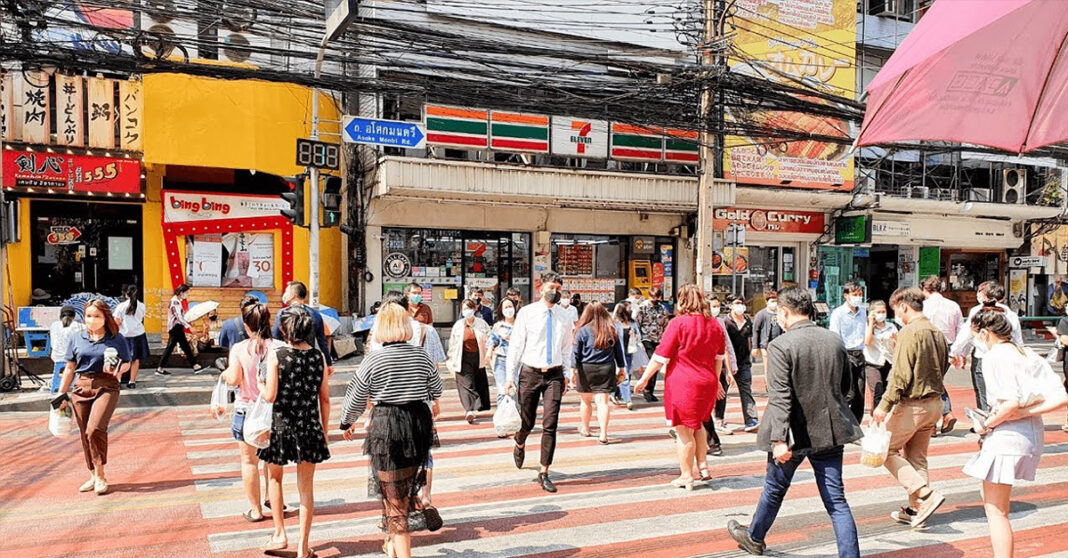A worsening global condition and the prolonged Ukraine war are two of the most important factors for this recent economic prediction.
In September, the Asian Development Bank (ADB) said that the GDP of Asian countries would grow by 4.3 percent and in its last update for the year, this number was reduced to 4.2 percent.
It also slashed down economic growth rate in 2023 from 4.9 percent to 4.6 percent due to the strict regulation of currencies globally and in the region and the repeated COVID-19 lockdowns in China.
“Asia and the Pacific will continue to recover, but worsening global conditions mean that the region’s momentum is losing some steam as we head into the new year,” said ADB Chief Economist Albert Park.
“Governments will need to work together more closely to overcome the lingering challenges of COVID-19, combat the effects of high food and energy prices—especially on the poor and vulnerable—and ensure a sustainable, inclusive economic recovery,” he added.
On the brighter side, the 2022 forecast for Southeast Asia has been upgraded from 5.1 to 5.5 percent due to “robust consumption and tourism recovery in Malaysia, the Philippines, Thailand, and Vietnam”.
But the forecast for 2023 is lowered to 4.7 percent and the bank said, “Consumer and business confidence are likely to be affected by high inflation and rising interest rates, while government spending may be curtailed under constrained public finances.”
A few months earlier, ADB had also downgraded the economic growth of Laos from 2.5 percent from the earlier 3.4 percent projection and to 3.5 percent from 3.7 percent for 2023 due to rising inflation and mounting foreign debts of the country.
The report estimated that the average rate of inflation in Laos will be around 23 percent in 2022, and it would drop to 10 percent in 2023.



